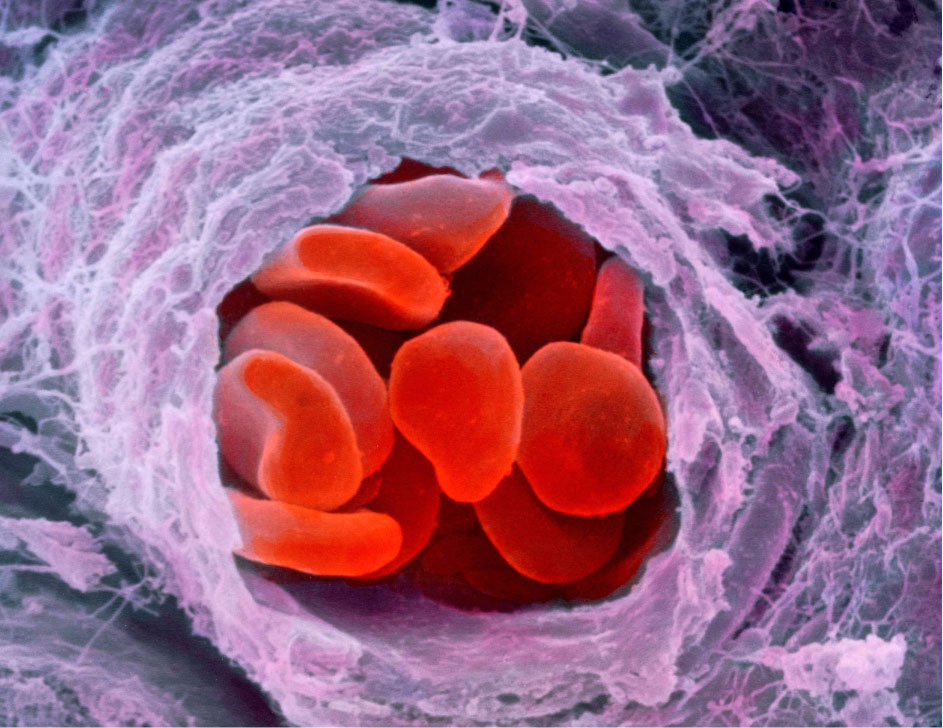Are You a Healthcare Professional?
This European website, initiated and developed by CSL Behring, has two separate sections with the aim to provide information on haemophilia for an international audience, either to European healthcare professionals or to the general public.*
Yes, I am a healthcare professional*
No, I am not a healthcare professional
Every Step Has Been Evolving The Science Of Gene Therapy In Haemophilia
Treatments for haemophilia are constantly being developed to improve the Quality of Life for people with haemophilia and their caregivers. Throughout this site you can learn more about haemophilia, current treatments and explore the science behind gene therapy in haemophilia.

Did you know?
How many people feel their haemophilia negatively impacts employment?
76%
The vast majority of people with haemophilia feel that the symptoms and treatment schedule negatively impact their work life.7
How many people worry about their haemophilia affecting relationships in the future?
63%
Most people with haemophilia worry about how their disease will impact their personal future, finding it hard for others to understand what they’re going through (50%) and are fearful of disclosing their condition to romantic partners (46%).7
How many people experience a level of pain that disrupts daily activities?
86%
Pain was frequently cited as affecting activities of daily living. This pain was reported as extreme among 7% and quite a lot for 13%.7

Living With Haemophilia
Living With Haemophilia: Impacts on Your Daily Life
Currently available treatments allow people with haemophilia to have greater control over their disease and their lives8 and there is still more that could be done.

Haemophilia Treatment Today
Current Treatment Options for Haemophilia
From blood infusions to extended-half life products, treatment options for haemophilia continue to advance, improving quality of life for people with haemophilia9 and their loved ones.
References
- Morfini M. The history of clotting factor concentrates pharmacokinetics. J Clin Med. 2017;6,35.
- European Medicines Agency (EMA). BeneFIX. https://www.ema.europa.eu/en/medicines/human/EPAR/benefix. Accessed November 30, 2021.
- Kay MA, Manno CS, Ragni MV, et al. Evidence for gene transfer and expression of factor IX in haemophilia B patients treated with an AAV vector. Nat Genet. 2000;24(3):257–61.
- European Medicines Agency (EMA). Roctavian. https://www.ema.europa.eu/en/medicines/human/EPAR/roctavian-0. Accessed January 28, 2023.
- FDA Approves First Gene Therapy to Treat Adults with Hemophilia B [press release]. Silver Spring, Maryland, USA: US Food and Drug Administration (FDA). https://www.fda.gov/news-events/press-announcements/fda-approves-first-gene-therapy-treat-adults-hemophilia-b. November 22, 2022. Accessed January 5, 2023.
- European Medicines Agency (EMA). Hemgenix. https://www.ema.europa.eu/en/medicines/human/EPAR/hemgenix. Accessed July 14, 2023.
- Witkop M, Guelcher C, Forsyth A, et al. Treatment outcomes, quality of life, and impacts of hemophilia on young adults (aged 18-30 years) with hemophilia. Am J Hematol. 2015;90(S2):S3-S10.
- Khair K, Holland M, Bladen M, et al. Study of physical function in adolescents with haemophilia: the SO-FIT study. Haemophilia. 2017;1-8.
- Srivastava A, Santagostino E, Dougall A, et al. WFH guideline for the management of hemophilia, 3rd edition. Haemophilia. 2020;00:1-158.




